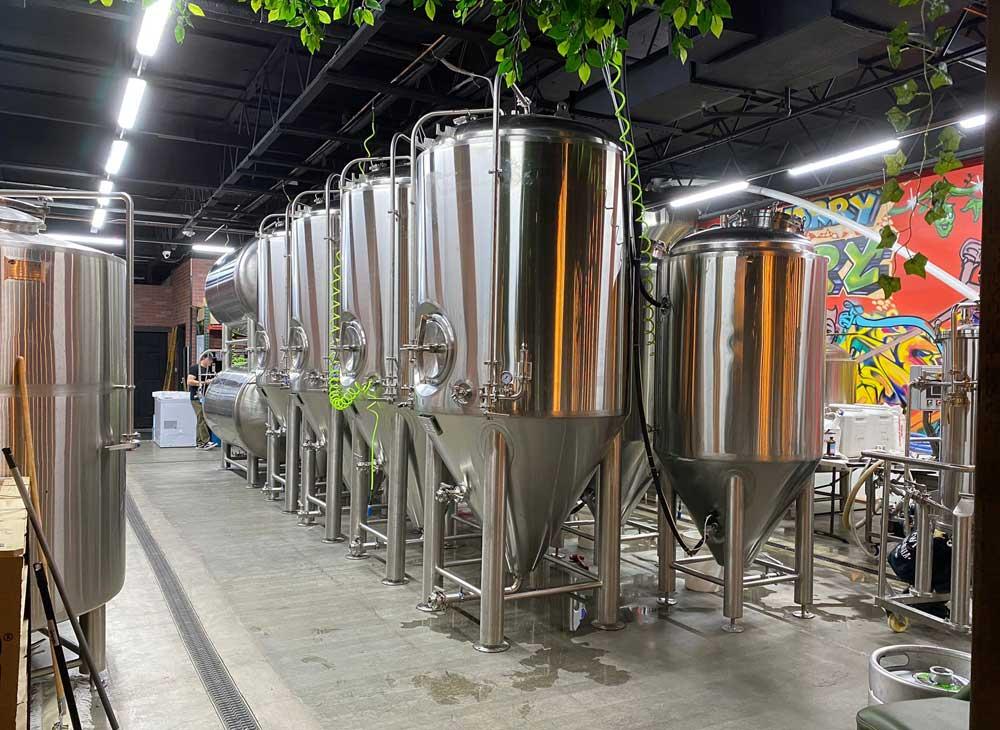
As a brewer looking to start a brewery, it is important to understand the impact of fermentation on the flavour of beer. Through the fermentation of different yeasts under different environmental conditions, a rich variety of fermented flavours such as esters, phenols and diacetyl, ethanol and higher alcohol content are produced, resulting in exotic flavours.
The effect of fermentation on the flavour of beer
Esters are a flavouring substance produced during the fermentation process. Esters are also common in everyday life and you can find them in everything from essential oils to sweets. For example, most of the acids in wine are also esters. In wine, esters are a major component of the fruit flavour.
The link between beer styles and esters
There are many types of esters, both good and bad, which can create a build-up of flavour in beer. As a result, different types of ester provide different styles of beer. In modern craft brewing, beer styles are classified on the basis of the type of brewing yeast.
Factors affecting ester formation
The temperature at which a beer is fermented contributes to the aroma of specific types of esters in the beer. Fermentation at higher temperatures usually increases the esters in the finished beer, while lower temperatures tend to reduce ester formation. Fermentation temperature plays a very important role in the production of ester aromas in beer. The key to controlling the amount and type of esters in beer is therefore the selection of yeast strains and the control of fermentation temperature.
Low temperature fermentation is thought to produce beers with better taste and aroma, as well as high ethanol and beer yields. To save energy, space and time, breweries use high gravity wort and ferment at higher temperatures. The correct choice of process temperature, especially in the initial stages of fermentation, is essential for rapid yeast multiplication.
Fermentation vessels
The structure and form of the fermentation vessel determines the formation of ester aromas. Tall fermenters produce fewer ester aromas than stout fermenters. This is because higher hydrostatic pressure and more dissolved carbon dioxide in long, lean fermentation vessels inhibit ester formation. Pressurised and closed fermentations increase the saturated carbon dioxide in the wine and inhibit the growth of active yeasts, thus promoting ester formation. Stirred fermentation increases the ester content of the fermentation by-products.
Yeast type and addition
Ester formation is linked to the genetic characteristics of the yeast. Yeasts with different fermentation capacities have very different fermentation metabolites. Yeasts with high viability and healthy signs have metabolic processes that favour the synthesis of acyl-CoA and the formation of esters.
Wort composition and concentration
Under the same wort conditions and fermentation conditions, the more yeast added, the lower the reproduction factor of the yeast, thus reducing competition for acyl-CoA for fatty acid synthesis and ester synthesis, resulting in enhanced ester synthesis and increased ester content. , The higher the concentration of wort, the more esters are produced. Yeast produce more esters, and excess oxygen and oil will keep yeast producing esters.
Still have a problem on choosing the brewery equipment? We can help with your final decision. If you are looking for a turnkey solution for craft beer brewing system, please contact us. We are looking forward to working with you. Send an email now: [email protected]


.jpg)





Get A Quote